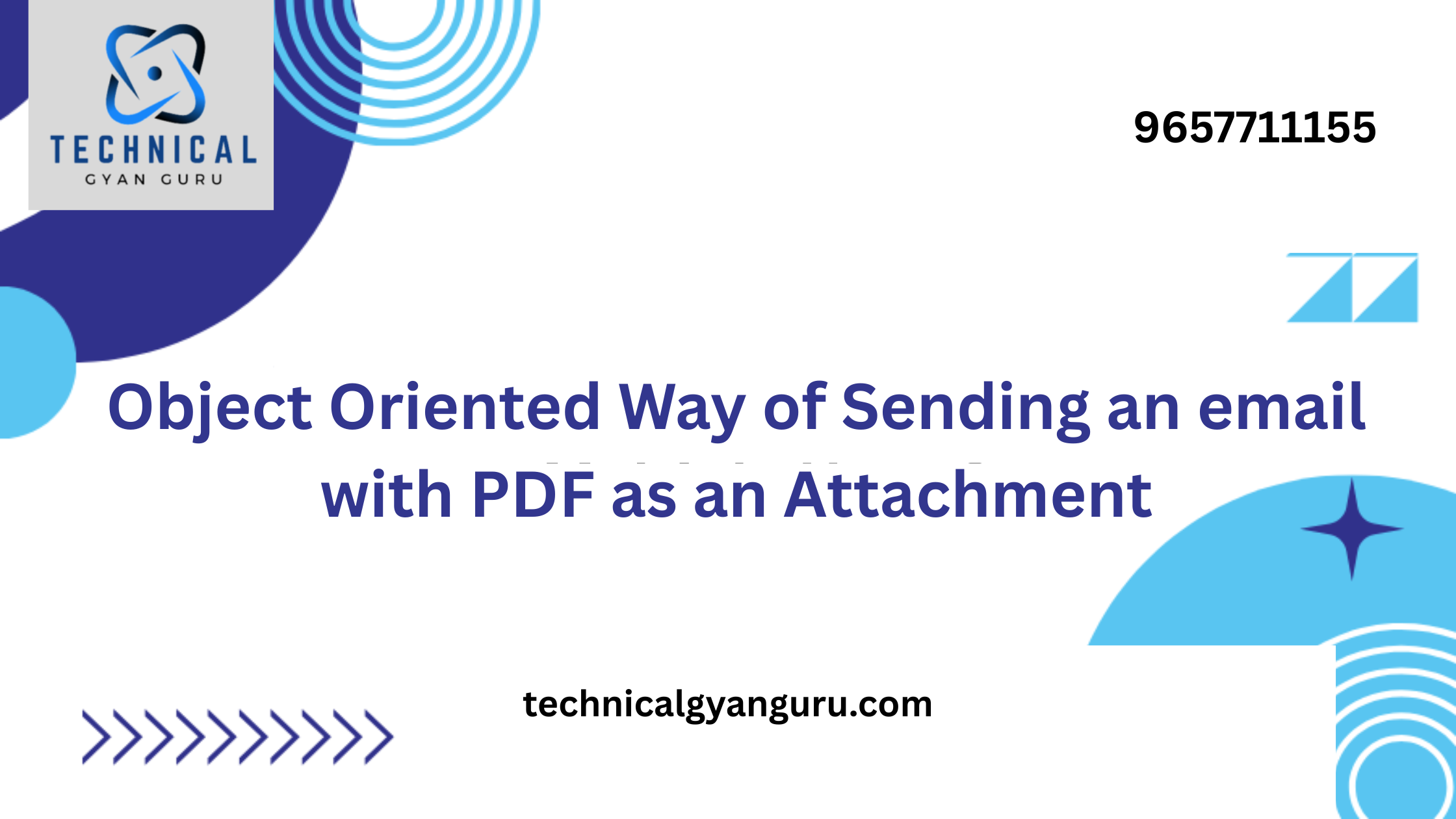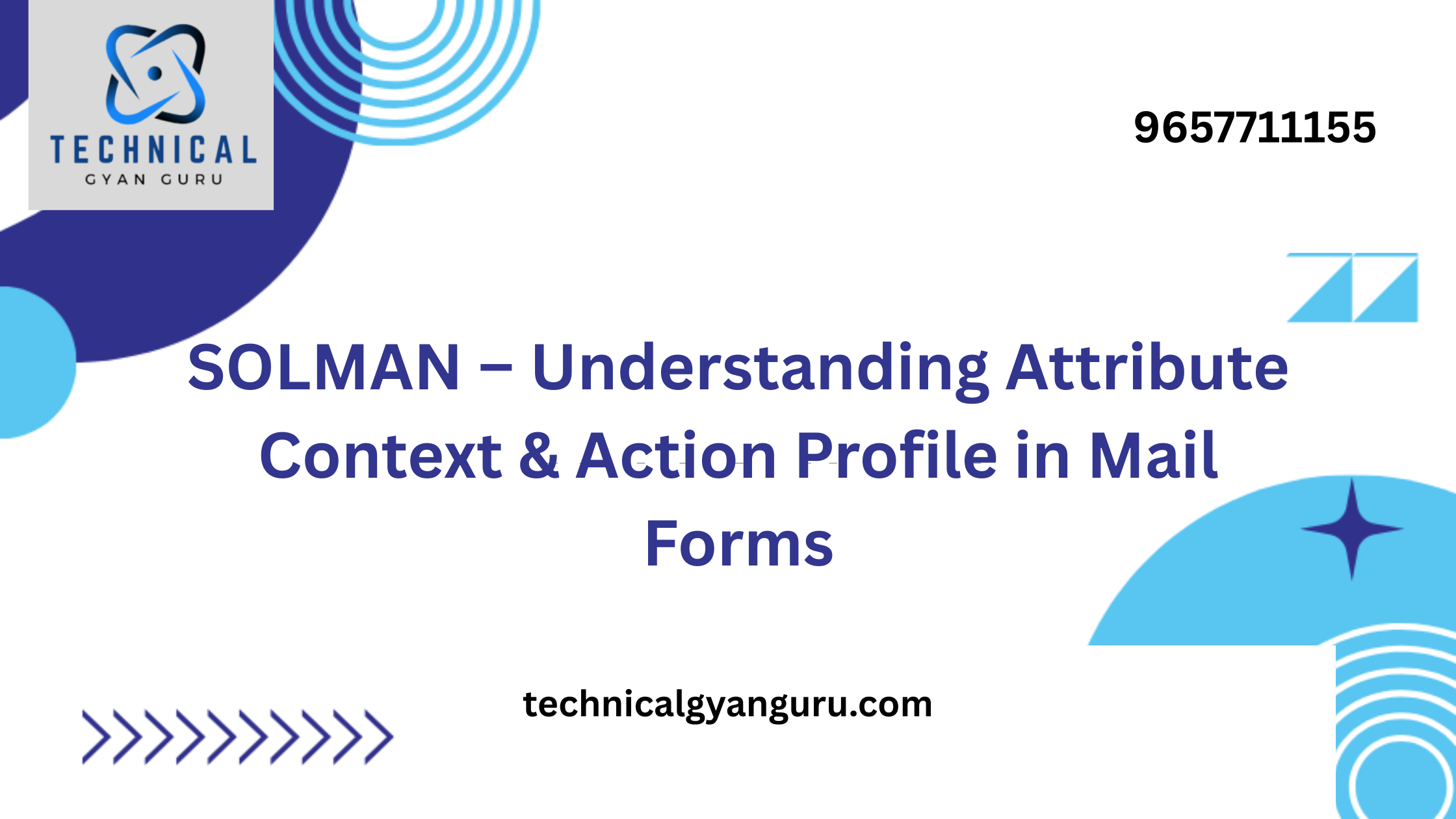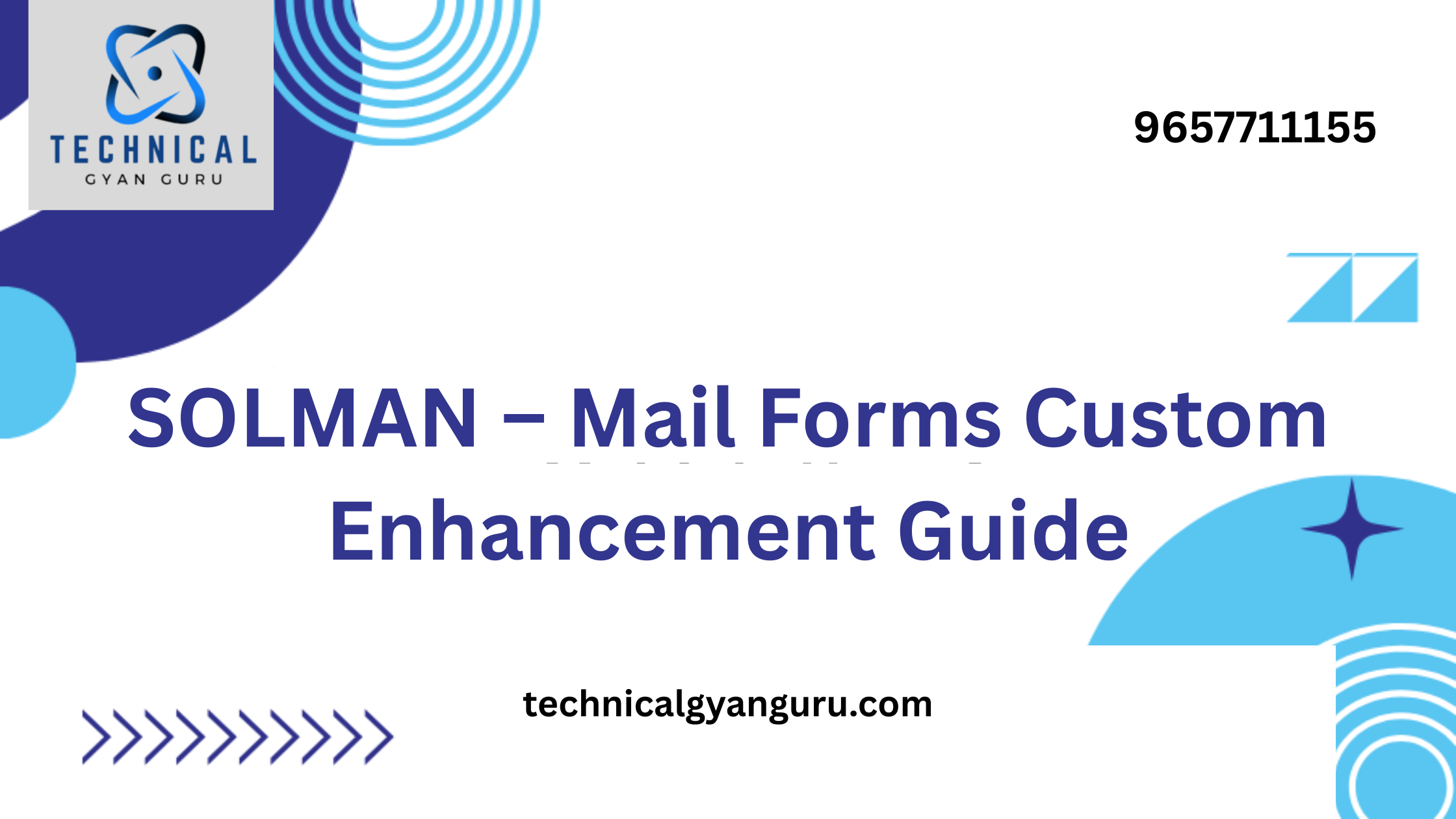In today’s fast-paced digital landscape, businesses require agile and real-time solutions to stay ahead of the competition. SAP’s Business Technology Platform (BTP) Event Mesh Advance is at the forefront of this revolution, offering a powerful event-driven architecture that transforms the way organizations connect, manage, and utilize their data. In this comprehensive guide, we will explore BTP Event Mesh Advance, its significance, key features, benefits, and how it is shaping the future of event-driven integration.
Understanding BTP Event Mesh Advance
1. The Evolution of Event-Driven Architecture
- Traditional Integration: Legacy systems often relied on point-to-point integration, limiting scalability and flexibility.
- Event-Driven Emergence: BTP Event Mesh Advance introduces an event-driven approach, enhancing agility and responsiveness.
2. Key Features
a. Event-Driven Messaging
- BTP Event Mesh Advance enables the seamless flow of events across systems and applications.
- Real-time Event Processing: Events are processed in real-time, enabling instant responses to critical business events.
b. Scalability and Flexibility
- Scalable Architecture: It offers a scalable and flexible architecture, accommodating the growing volumes of event data.
- Multi-Cloud Support: BTP Event Mesh Advance operates seamlessly across multi-cloud environments.
c. Event Monitoring and Management
- Centralized Monitoring: Organizations can monitor and manage events centrally, gaining insights into event flows and performance.
- Event Routing: It supports event routing based on content, enabling precise event delivery.
d. Security and Compliance
- Security Measures: BTP Event Mesh Advance incorporates robust security measures, including encryption and authentication, to protect event data.
- Compliance Standards: It complies with industry standards and regulations, ensuring data privacy and governance.
3. Benefits for Businesses
a. Real-Time Decision-Making
- BTP Event Mesh Advance empowers organizations to make real-time decisions based on incoming events.
- Instant Insights: Access to real-time event data provides valuable insights for informed decision-making.
b. Enhanced Customer Experiences
- Improved Responsiveness: Businesses can respond swiftly to customer interactions, enhancing overall customer experiences.
- Personalization: Real-time event data enables personalized customer interactions and recommendations.
c. Simplified Integration
- Streamlined Integration: BTP Event Mesh Advance simplifies complex integrations, reducing the burden on IT teams.
- Legacy System Compatibility: It allows seamless integration with legacy systems, preserving existing investments.
d. Cost Efficiency
- Reduced Infrastructure Costs: By leveraging cloud-based event processing, organizations can reduce infrastructure costs.
- Scalable Pricing: Pay-as-you-go pricing models ensure cost efficiency.
Challenges and Considerations
1. Integration Complexity
- Transitioning to an event-driven architecture may pose challenges, especially for organizations with complex legacy systems.
- Proper planning and expertise are essential for a smooth transition.
2. Data Privacy and Security
- Ensuring the security and privacy of event data is crucial. Organizations must implement appropriate security measures and comply with data protection regulations.
3. Adoption and Training
- Employees may require training to fully utilize BTP Event Mesh Advance’s capabilities.
- Change management strategies are vital to ensure successful adoption.
Conclusion
SAP’s BTP Event Mesh Advance is reshaping the integration landscape by enabling real-time, event-driven architecture. It empowers organizations to harness the power of their data, make informed decisions, and provide enhanced customer experiences. While adopting this technology may present challenges, the benefits in terms of agility, scalability, and cost-efficiency make it a valuable investment for businesses seeking a competitive edge in today’s digital world.
As organizations continue to embrace digital transformation, BTP Event Mesh Advance stands as a cornerstone, driving innovation and responsiveness in an increasingly interconnected business environment.
FAQs
1. What types of events can be processed with BTP Event Mesh Advance?
- BTP Event Mesh Advance can process a wide range of events, including business events, IoT data, and system events, among others.
2. How does BTP Event Mesh Advance handle data redundancy and deduplication?
- BTP Event Mesh Advance includes features for deduplicating events, ensuring that redundant event data does not affect system performance.
3. Can BTP Event Mesh Advance be integrated with non-SAP systems and third-party applications?
- Yes, BTP Event Mesh Advance is designed for interoperability and can integrate seamlessly with non-SAP systems and third-party applications.
4. What is the pricing model for BTP Event Mesh Advance?
- SAP typically offers flexible pricing models, including pay-as-you-go options based on usage. Pricing details may vary, so it’s advisable to consult with SAP for specific pricing information.
5. Are there any industry-specific use cases for BTP Event Mesh Advance?
- BTP Event Mesh Advance is versatile and can be applied across various industries, including manufacturing, retail, healthcare, and finance, to name a few. Its flexibility makes it suitable for a wide range of use cases.







